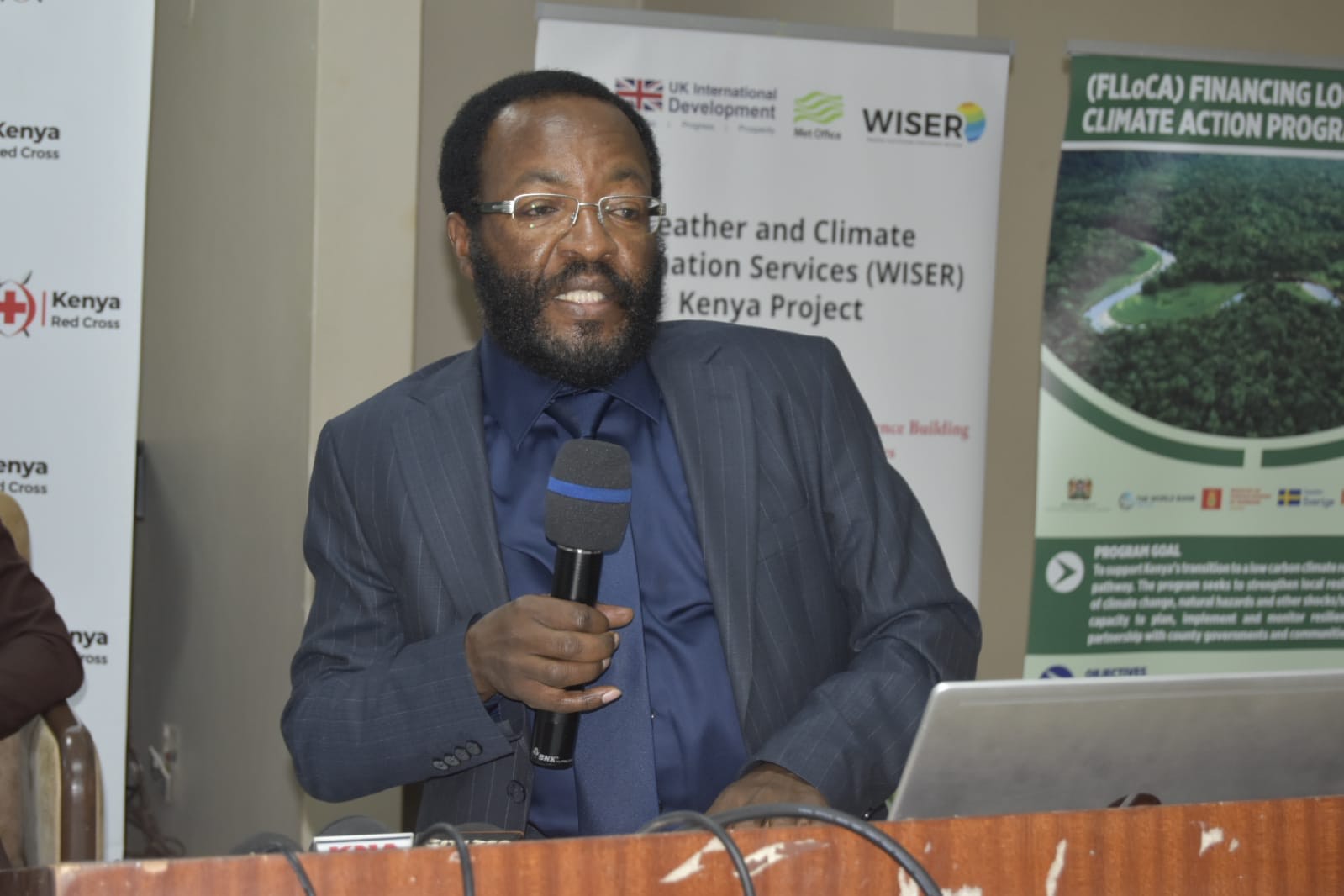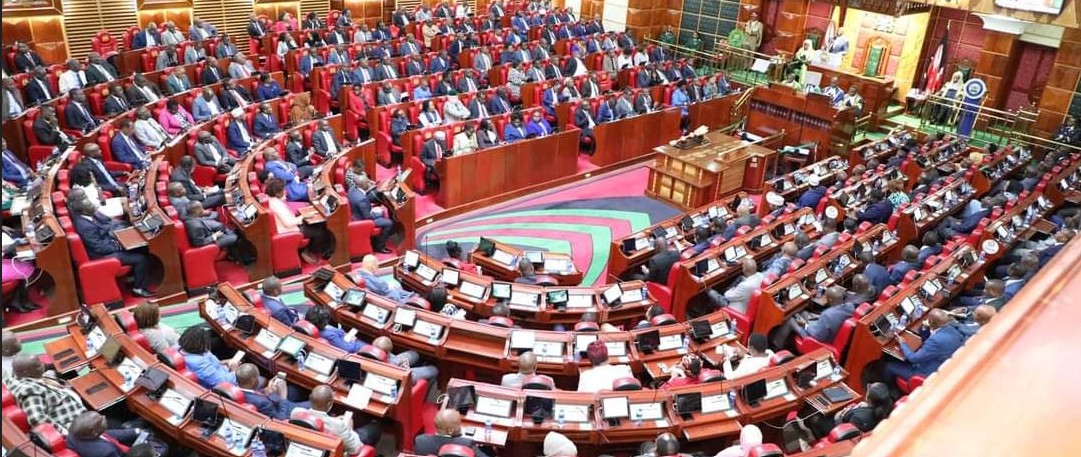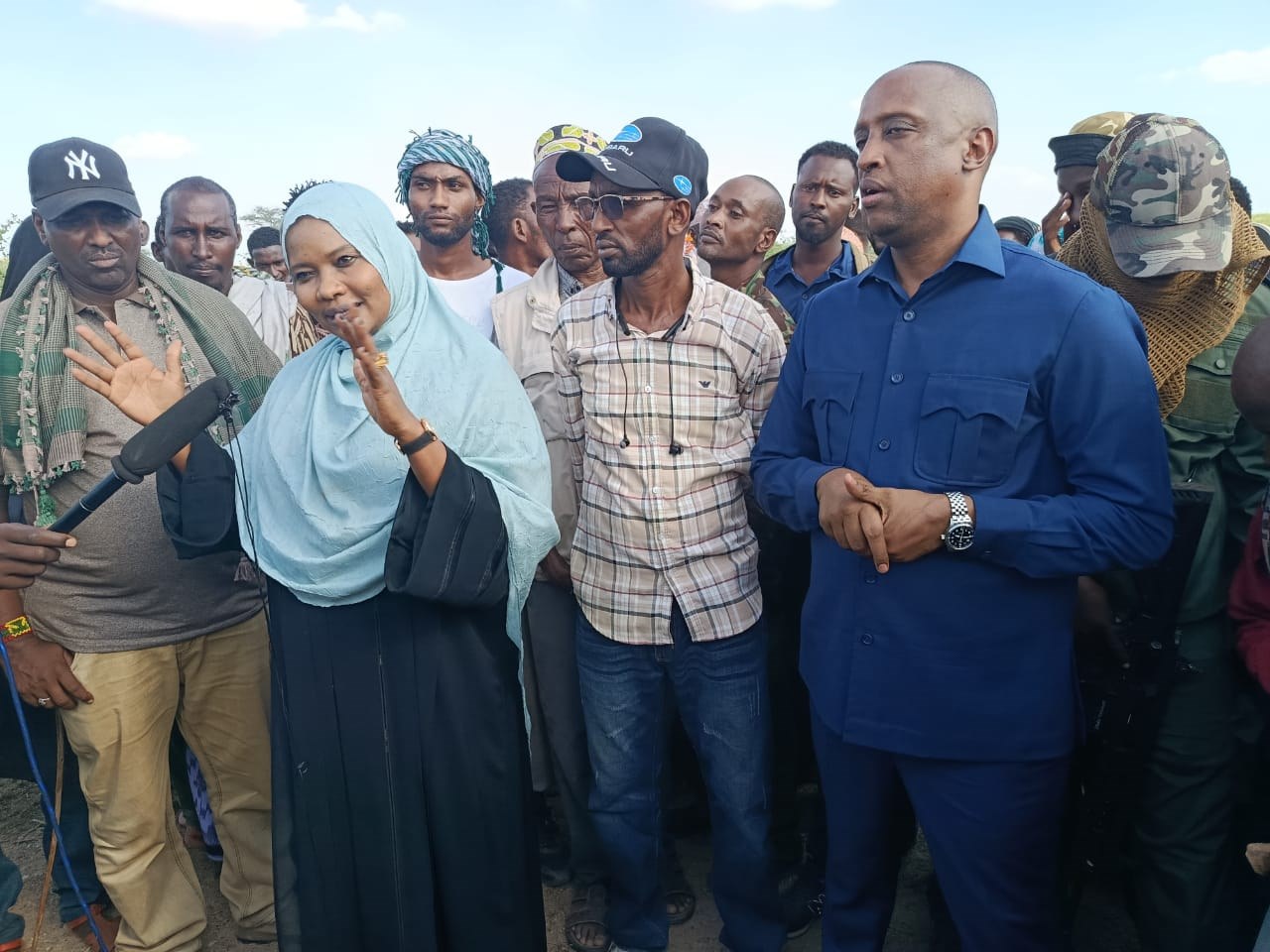Meteorological department warns of rising temperatures and dry spells

The department highlighted the risks posed by high winds, which are expected to sweep across Marsabit, Turkana, Wajir, and parts of the coast. These winds are likely to carry dust, increasing the risk of respiratory infection
The Kenya Meteorological Department has predicted sunny and dry conditions will dominate most parts of the country in February.
According to its latest seven-day weather forecast, from February 11 to February 17, 2025, most regions will experience dry conditions. Despite this general trend, occasional rainfall may be observed in select regions.
More To Read
- Kenya Met forecasts intermittent showers, cold nights over next five days
- Africa’s land holds the future of climate adaptation: Why COP30 can’t overlook it
- Met Department forecasts wet, sunny conditions across Kenya in next five days
- KEMRI, Health Ministry warn of potential malaria outbreak in Kakamega
- More rain, possible flooding expected across Kenya this week- Met
- Five-day forecast predicts intense rainfall across the country
Recent weather conditions have already shown a decline in rainfall across the country.
"A comparison between the periods January 27 to February 2, 2025, and February 3 to 9, 2025 indicates a decline in rainfall amounts across the regions that received rainfall," stated Dr David Gikungu, Director of Meteorological Services.
As Kenya braces for predominantly dry weather, concerns are mounting over rising temperatures and their implications for agriculture and energy production.
The forecast anticipates daytime maximum temperatures exceeding 35°C in areas like Turkana, Wajir, Garissa, and Mandera. Conversely, parts of Nyandarua, Nakuru, Meru, and Nyeri are expected to experience night-time minimum temperatures below 10°C. These variations could have far-reaching impacts on food production, livestock health, and human well-being.
The department has cautioned residents in high-temperature zones about an increased risk of heat-related ailments.
"Residents living in areas expected to experience temperatures of more than 35°C have a high risk of being infected with skin diseases such as skin rash," the department warned. Meanwhile, colder regions are likely to see a rise in respiratory conditions like asthma and pneumonia.
Agricultural regions dependent on rainfall are facing particular challenges. The Highlands West and East of the Rift Valley, which usually receive rainfall, may experience only sporadic showers at the beginning of the forecast period.
The Meteorological Department emphasised the need for coordinated action to mitigate the adverse effects of the forecasted conditions.
"This forecast should be used in conjunction with the daily (24-hour) forecast issued by this department," Dr. Gikungu urged.
In addition to the health and agricultural implications, the department highlighted the risks posed by high winds, which are expected to sweep across Marsabit, Turkana, Wajir, and parts of the coast. These winds are likely to carry dust, increasing the risk of respiratory infections.
Top Stories Today














































